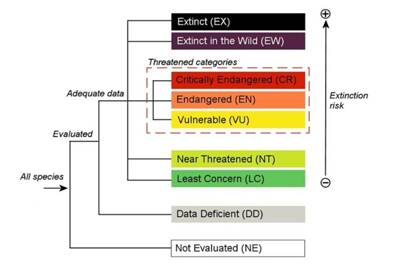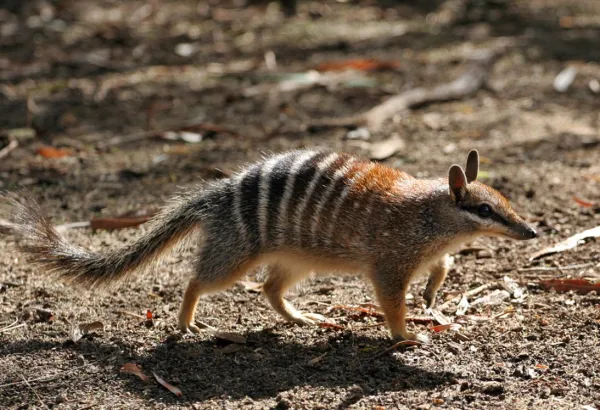Night Walkers among Animals: Uncovering the Secrets of the Night
Nocturnal animals are those animals that are more active at night. These animals have unique adaptability in the night environment, making them They are able to find food, mate and survive in the dark. This article will explore in detail the definition, characteristics and some typical nocturnal animals, so that you can have a deeper understanding of these mysterious nocturnal creatures.
What are nocturnal animals?
Nocturnal animals are those that are more active at night than during the day. They often have special adaptations, such as acute night vision, night sense of smell or hearing, to help them survive in low-lying areas. They forage for food, avoid enemies or engage in social activities under light conditions. The biological characteristics and behavioral habits of nocturnal animals enable them to effectively utilize the night environment and thus gain survival advantages.
Characteristics of nocturnal animals
Enhanced sensory abilities Nocturnal animals often have superior hearing and smell to compensate for their lack of vision. Inadequacies in the dark. For example, some nocturnal mammals such as owls have very sensitive hearing and can pinpoint the location of prey.
Adaptive visual system Many nocturnal animals have special visual systems, such as more rods in their eyes, which are sensitive to low light. The visual perception under these conditions is very sensitive. For example, a cat's eyes can see objects in extremely low light conditions.
Special behavior pattern Nocturnal Animals that forage or socialize at night often behave differently than animals that do during the day. For example, many nocturnal animals hunt, find mates, or mark their territories at night.
Biological clock adjustment The biological clocks of nocturnal animals are different from those of diurnal animals. Their body rhythms and physiological functions are adjusted to adapt to night life. They usually choose hidden places to rest during the day to avoid exposure. In the light.
The ecological significance of nocturnal animals
Nocturnal animals play an important role in the ecosystem. They not only help control insects and small mammals, and also promote plant pollination (such as some nocturnal insects). Their presence helps maintain ecological balance and provides an important perspective for us to understand the diversity of nature.
Nocturnal animals have unique adaptations and behaviors that allow them to thrive in the dark. From the precision hunting of owls to the echolocation of bats, these animals' nighttime The event showcases the magic and complexity of the natural world. If you are interested in nocturnal animals, you can further explore the living habits and ecological roles of these mysterious creatures and discover more secrets about the night.









